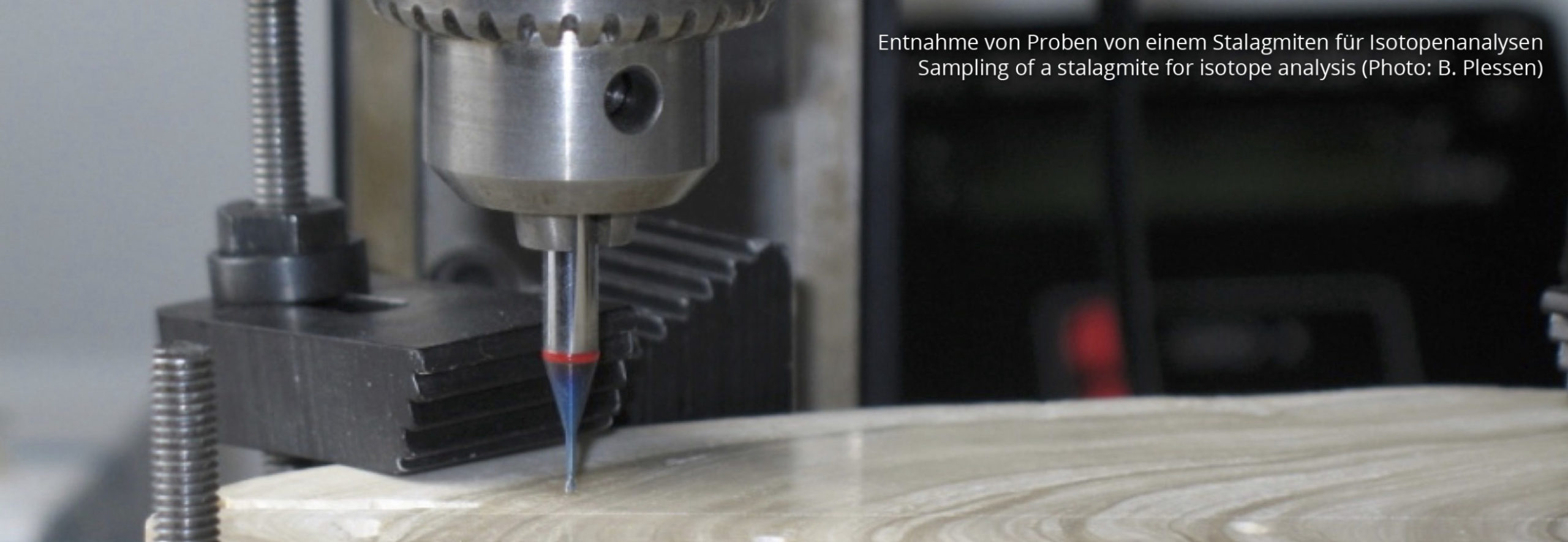Groups
Groups from different universities and research institutes are working in the Blessberg cave (alphabetically ordered). Only academic research is considered here. Note that the the regular speleological work is performed by the caving clubs within the Thuringian Caving Association (THV).
- Friedrich Schiller University Jena, Institute of Biodiversity – Group of Aquatic GeomicrobiologyThe group has a focus on the role of microorganisms in the Earth’s biogeochemical cycles.
- FU Berlin, Institute of Geological Sciences – Dynamics of the Earth GroupThe group develops computer models to simulate karst processes.
- Geoforschungszentrum Potsdam (GFZ) – Group stable isotopes (sediments and water)The GFZ performs geochemical analyses of drip water and stalagmites.
- Johannes Gutenberg University Mainz, Institute of Geosciences – Isotope-geochemical Palaeoclimatology/Speleothem ResearchThe group performs research in the Bleßberg Cave by dating and geochemical analyses of stalagmites.
- Johannes Gutenberg-Universität Mainz, Institute of Inorganic and Analytical Chemistry – Group Environmental and Atmospheric ChemistryReconstructing vegetation above the cave by analysing biopolymers in stalagmites and by analysing biochemical fire markers in soil, water, and stalagmite samples.
- Leibniz Institute for Applied Geophysics Hannover (LIAG) – Section 3: GeochronologyThe group is dating sediments and developing a dating method to date speleothems using luminescence.
- Northumbria University Newcastle, Geography and Environmental Sciences – Cold and Palaeo Environments GroupGeochemical analyses and investigations of the palaeoclimate on the basis of stalagmites; monitoring
- Potsdam Institute for Climate Impact Research (PIK) – Group Development of advanced time series analysis techniquesThe group develops age models for stalagmites and carries out complex statistical evaluations of palaeoclimate data.
- University of Hamburg, Department of Earth System Sciences – Working Group Geo- and Ecosystem Research Karst and CaveThe aim of the research is to quantify weathering in the form of cavity formation, cavity filling and surface denudation in karst.
